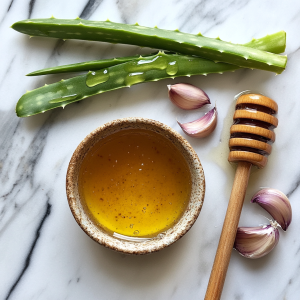
extremities such as hands, feet, and nose are most likely to experience frost bit in a crisis scenario
When a crisis strikes and access to modern medical care isn’t available, frostbite becomes a life-threatening concern for preppers and self-reliant individuals. Frostbite occurs when skin and underlying tissues freeze due to prolonged exposure to cold. Without timely intervention, it can lead to permanent damage or even loss of extremities. Here’s how you can address frostbite using home remedies and preparedness strategies.
Understanding Frostbite in a Crisis
Frostbite progresses in stages:
- Frostnip: Early, reversible damage causing numbness or tingling.
- Superficial Frostbite: Skin freezes, turns pale or red, and blisters may form during rewarming.
- Deep Frostbite: Severe freezing of tissues, causing discoloration (blue or black) and potential tissue death.
Identifying frostbite early is critical for preventing lasting damage.
Emergency Steps in the Absence of Modern Medicine
- Find Shelter and Remove Cold Exposure
Bring the individual to a sheltered, dry location immediately. If shelter isn’t available, create windbreaks or barriers to minimize further exposure. - Warm Slowly and Naturally
Warm frostbitten areas gradually using body heat, such as tucking hands into armpits or covering feet with warm, dry material. If possible, immerse the frostbitten area in lukewarm water (98–104°F). Avoid hot water or direct heat sources, which can worsen damage. - Remove Wet Clothing and Restrictive Items
Wet fabric draws heat away, exacerbating frostbite. Replace it with dry, insulated clothing. Remove jewelry, gloves, or boots that may restrict circulation to the affected area. - Hydration and Warm Fluids
Dehydration worsens circulation, so encourage warm (not hot) drinks like herbal tea, bone broth, or water. Avoid caffeine or alcohol, which constrict blood vessels and impair healing. - Avoid Rubbing or Agitation
Never rub frostbitten skin; this can destroy delicate frozen tissues. Be gentle when handling the affected areas.

Honey, aloe vera, garlic poultice, turmeric are great to have on hand.
Natural Remedies to Support Recovery
- Aloe Vera: Apply fresh aloe vera gel to the frostbitten area once it’s rewarmed. Its anti-inflammatory properties can aid healing and reduce pain.
- Honey: Known for its antimicrobial properties, honey can be applied as a thin layer to minor frostbite to prevent infection.
- Garlic and Onion Paste: Mash these into a poultice to reduce inflammation and promote circulation. Apply to rewarmed skin for 10–15 minutes, then rinse gently.
- Turmeric and Ginger Tea: These ingredients improve circulation and reduce inflammation, helping the body heal internally.
Preventing Further Damage
Once frostbitten areas are rewarmed:
- Keep the Area Dry and Warm: Protect it from refreezing, as this will cause even more severe tissue damage.
- Elevate Affected Limbs: This can reduce swelling and promote blood flow.
- Bandage Loosely: If blisters form, cover them with a sterile, non-stick dressing. Do not pop blisters, as they protect underlying tissues from infection.
Advanced Tips for Self-Reliant Preppers
- Create a Field Bath: Use insulated containers to heat water with a camping stove or fire. Test the water temperature to ensure it’s lukewarm, not hot, before immersing frostbitten areas.
- Homemade Heat Packs: Fill socks with rice or sand and heat them gently near a fire or stove to create a warm compress. Wrap these in a cloth before applying.
- Improvised Insulation: Use emergency blankets, natural fibers, or even crumpled newspaper to insulate frostbitten areas without applying direct pressure.
When Healing Without Help
In severe frostbite, where tissues are turning black (gangrene), the priority becomes preventing infection. Natural antiseptics like honey or garlic can help, but eventually, amputation may be the only way to stop the spread of infection. This should only be attempted in extreme circumstances when the individual’s life is at risk, and sterilization measures are possible.

Layers is ideal for winter survival
Preventing Frostbite in a Crisis
- Layered Clothing: Wool and synthetic layers retain heat better than cotton, which loses insulating properties when wet.
- Dry Extremities: Always keep socks, gloves, and boots dry to prevent heat loss.
- Hand and Foot Warmers: Stockpile chemical hand warmers or learn to make DIY versions using iron filings and salt.
Frostbite is a severe risk in any survival situation, but with preparation and a calm, methodical approach, its damage can be minimized. Remember, prevention is always the best medicine. Stay aware of environmental conditions, dress appropriately, and know your body’s limits. A self-reliant mindset and knowledge of home remedies can make all the difference when traditional medical help is out of reach.



0 Comments